.webp)
Guillermo Rage, an architect and computational designer at Zaha Hadid Architects, works in real-time systems and digital logic. He was mentored by Patrik Schumacher at the Architectural Association's Design Research Laboratory (DRL) and previously worked at LAVA (Laboratory for Visionary Architecture). Additionally, Guillermo taught at Mexico City's Universidad Iberoamericana, where he discussed his methodology for computational thinking and cross-platform processes.
Guillermo's practice has a strong foundation in parametric design, focusing on how architecture performs, responds, and changes in addition to how it looks. He is based in Mexico and approaches everything with a fusion of artistic sensibility and computational thought.
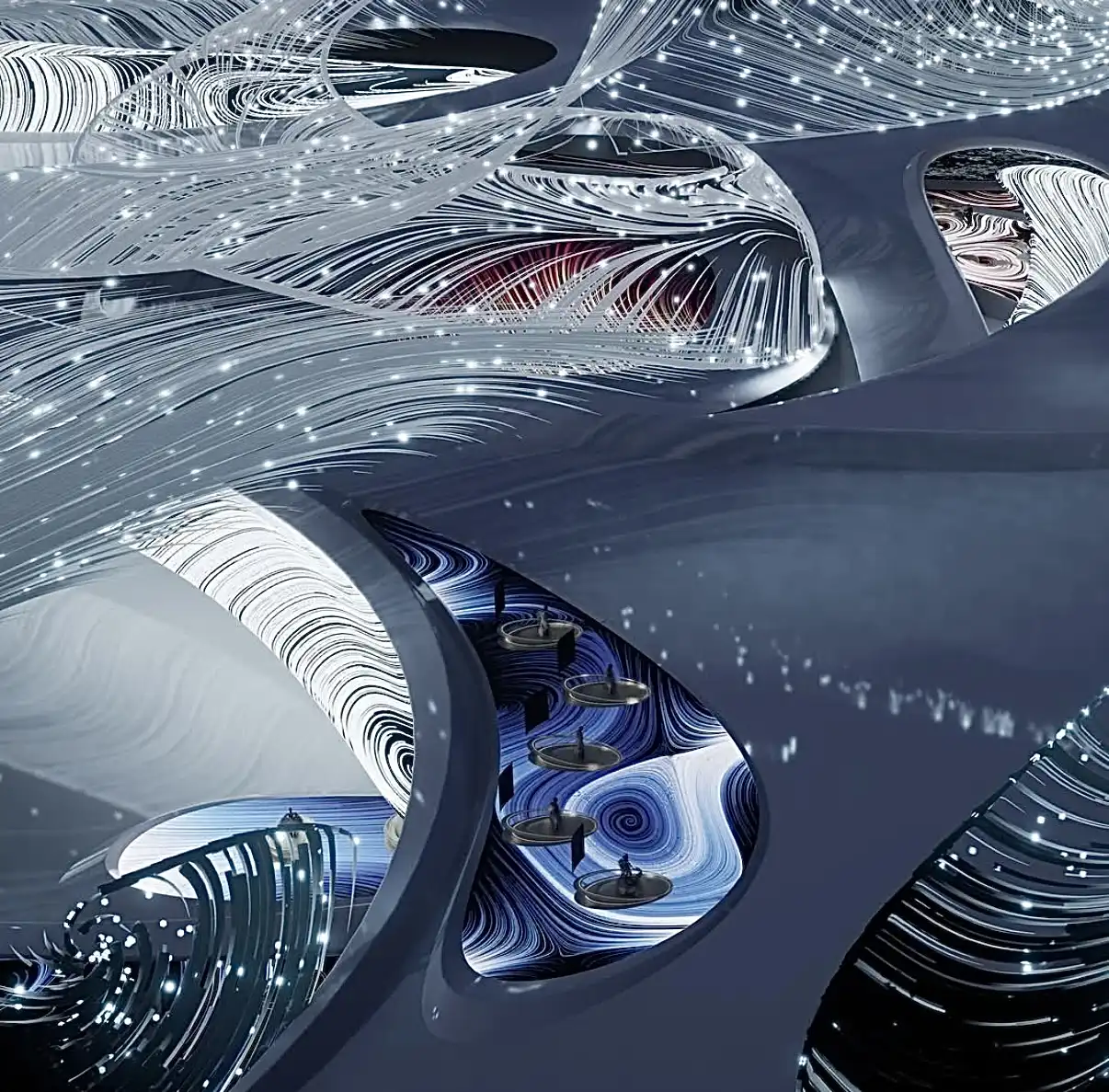
The idea of Ragé's work, which crosses many scales and media, is to view architecture as a system of interactions. Complex geometries created in Maya are the starting point for his projects, which then go through thorough rationalization in Grasshopper and end with fully interactive settings created in Unreal Engine. Every step is guided by logic and a dedication to data.
Guillermo's ability to combine many platforms into one single design process is fundamental to his approach. Grasshopper allows him control over logic, parameters, and rationalization; Unreal Engine turns static models into dynamic, interactive systems; and Maya gives him the flexibility to shape form.
In addition to his work in design, Guillermo is a highly sought-after teacher. He has taught students how to use cross-platform workflows and think computationally by leading workshops on computational design around Latin America and Europe. He encourages learners to acquire technical abilities with a mindset that views design as code.
Ashes Volcano Coffee Shop is situated at the foot of Iceland's Hverfjall crater. With floor-to-ceiling glazing framing expansive vistas of the surrounding countryside, the pavilion's sculptural, lava-like form is influenced by the volcanic topography. The project transitions from Maya conceptual modeling to Grasshopper rationalization, with Python strengthening its fabrication logic. The design was shortlisted for the Bee Breeders Competition in 2022.
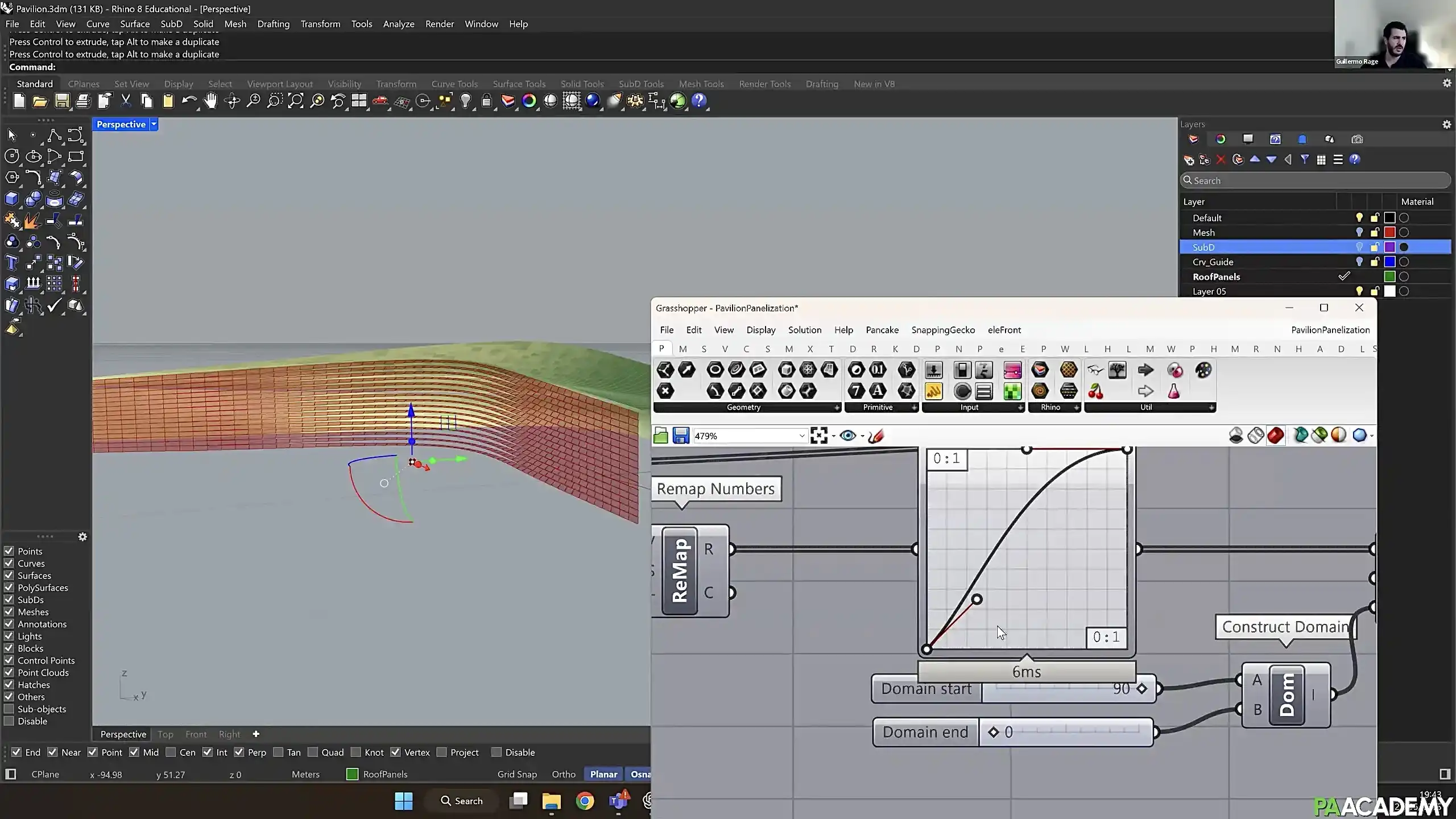
Guillermo Ragé portrays geometry as a system that is data-driven and interactive. His process allows designers to think in terms of responsive systems as well as forms by bridging the gap between real-time computational design and conventional 3D modeling.
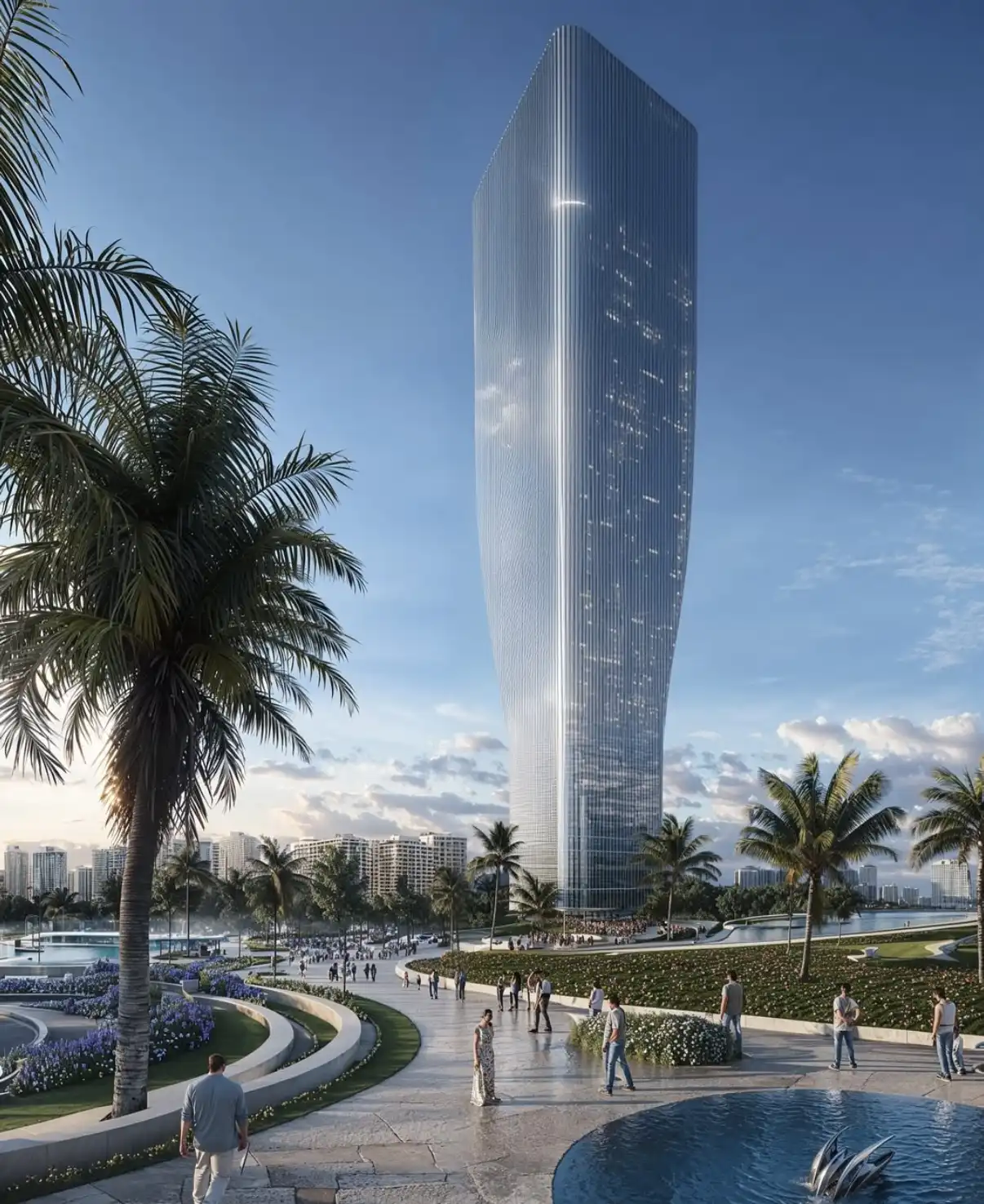
His work usually starts with modelling in Autodesk Maya, where base geometries are created to foresee behavior as well as explore form. At this point, he considers a future logic: “How are we going to panelize this geometry? In what ways could it adjust to inputs?” His work focuses on intentional form-making that lays the foundation for automation.
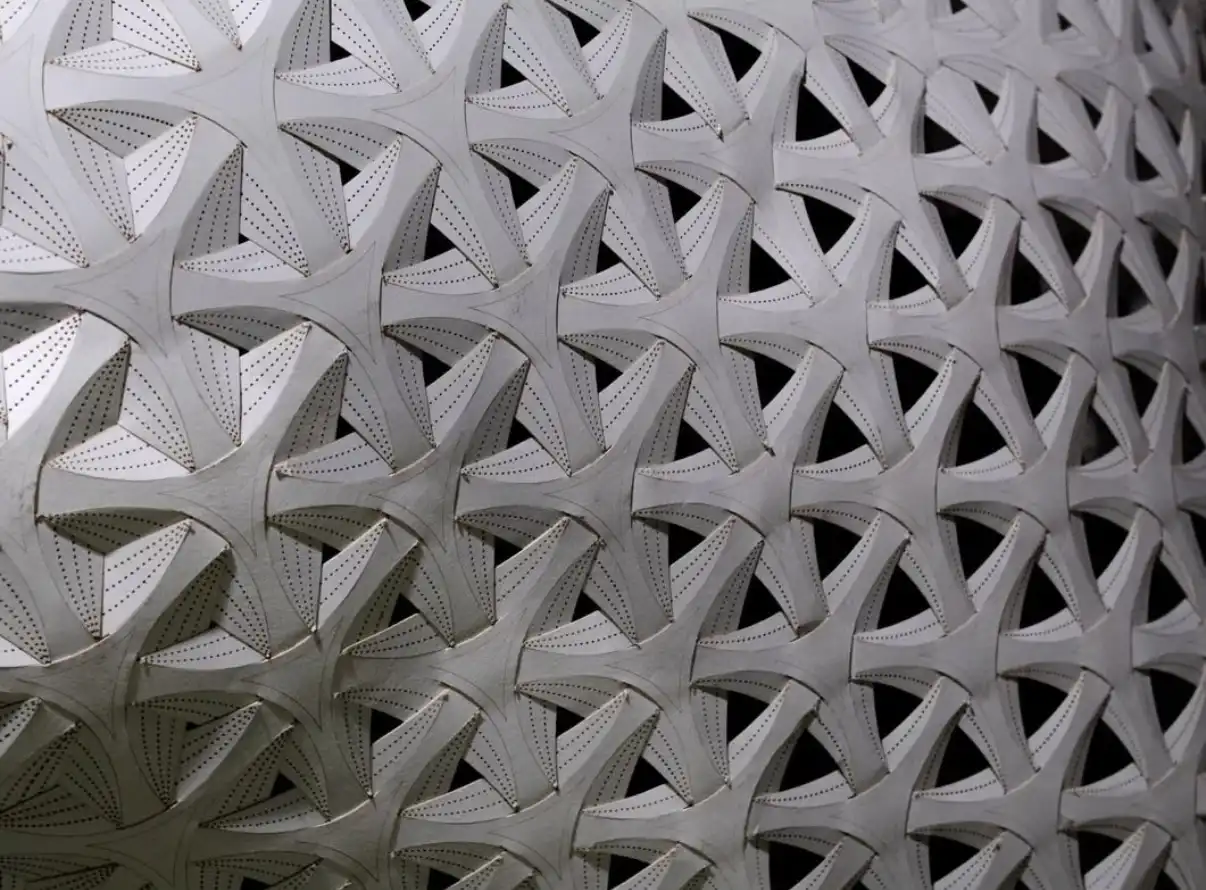
After modeling, the design enters Grasshopper, where the form is divided into its constituent parts. Guillermo switches from geometry to data manipulation in this section, rationalizing the form through calculation. His objective is to create a system that can change over time, not only complete a design.
.webp)
At last, that system switches over to Unreal Engine, where the static design is transformed into a real-time, interactive environment. Guillermo connects geometric behavior to interface components like sliders, toggles, and animations using Blueprints, Unreal's visual programming engine. This step opens up a new realm: creating the user's space-interaction experience.
The parametric design needs to advance from form-making to system-building. Rage believes that geometry manipulation on-screen is no longer sufficient in today's design environment. Designers must comprehend the data that powers the logic and their real-time adaptability.
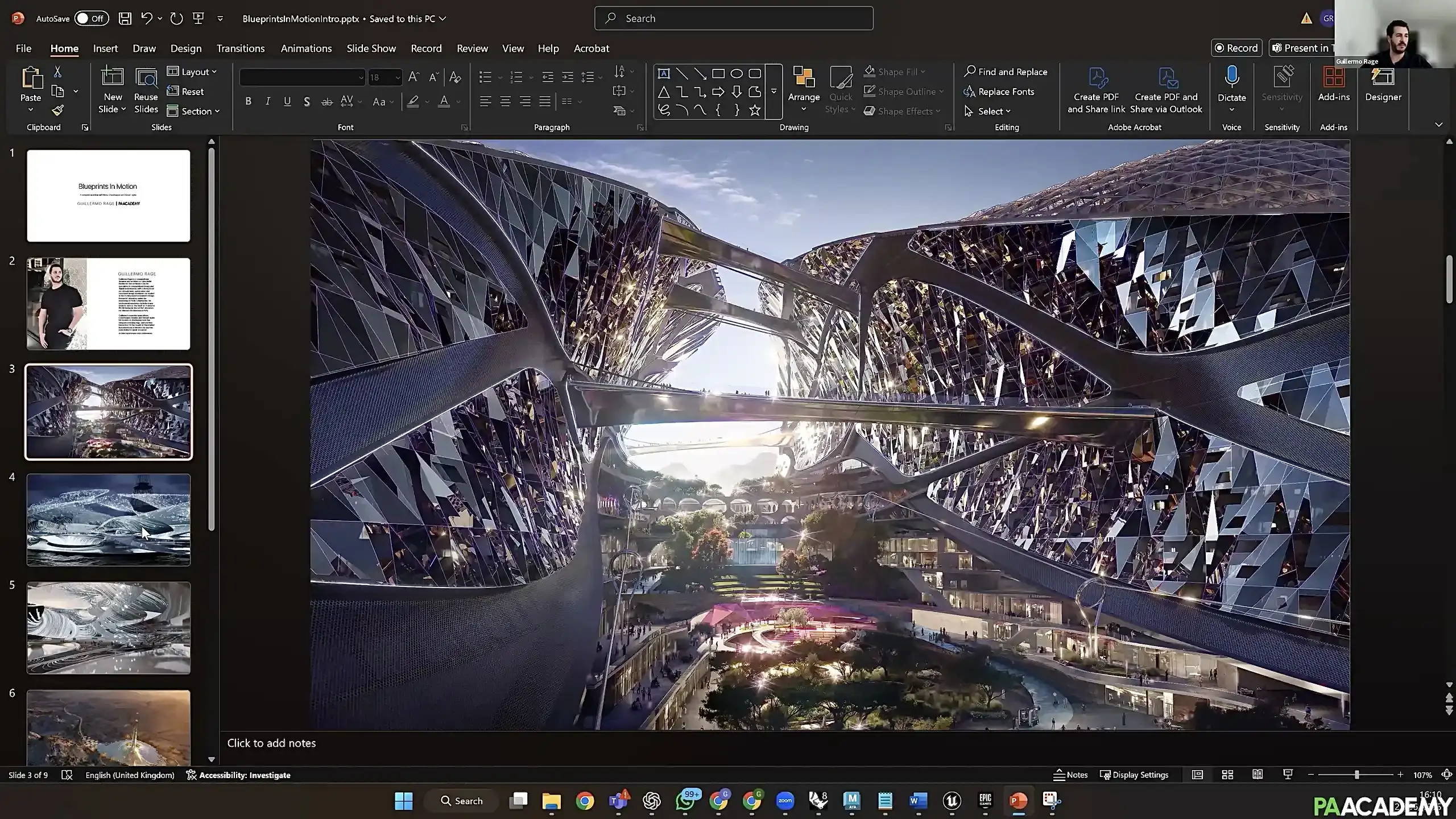
For architects, designers, and computational thinkers involved in experimental modeling, the "Blueprints in Motion: From Maya to Unreal Engine" workshop offers insights into digital fabrication workflows. This is useful for architects and designers who want to connect system logic with real-world modeling procedures.
Participants will gain an understanding of Rage’s workflow by exploring techniques and resources relevant to his work, including the use of panelization techniques, dynamic cladding systems, and 3D printing. Utilizing a pipeline from Maya to Grasshopper to Unreal, the course also presents an organized method for creating a computational design process.
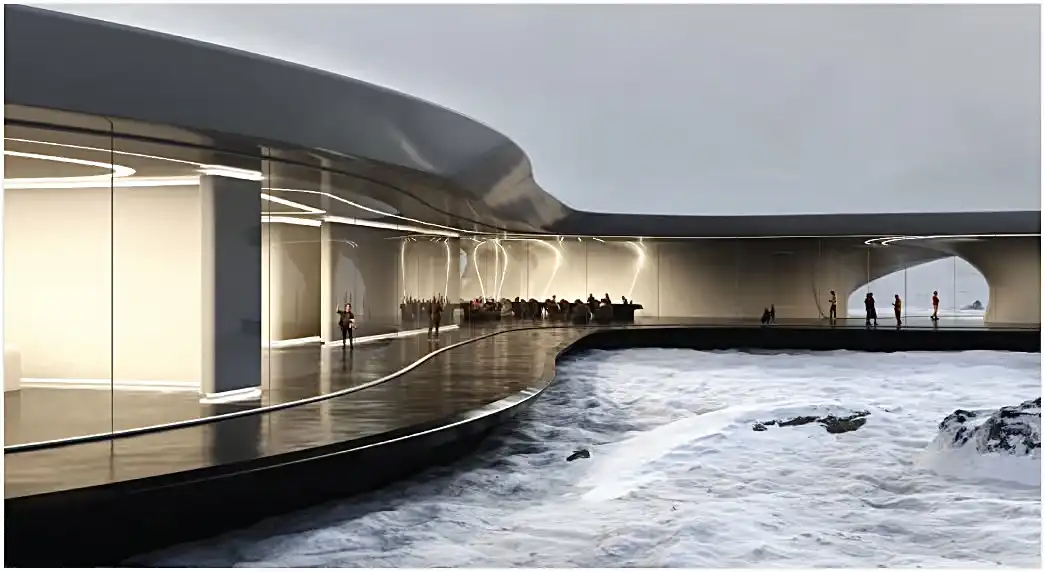
You must be logged in to comment.